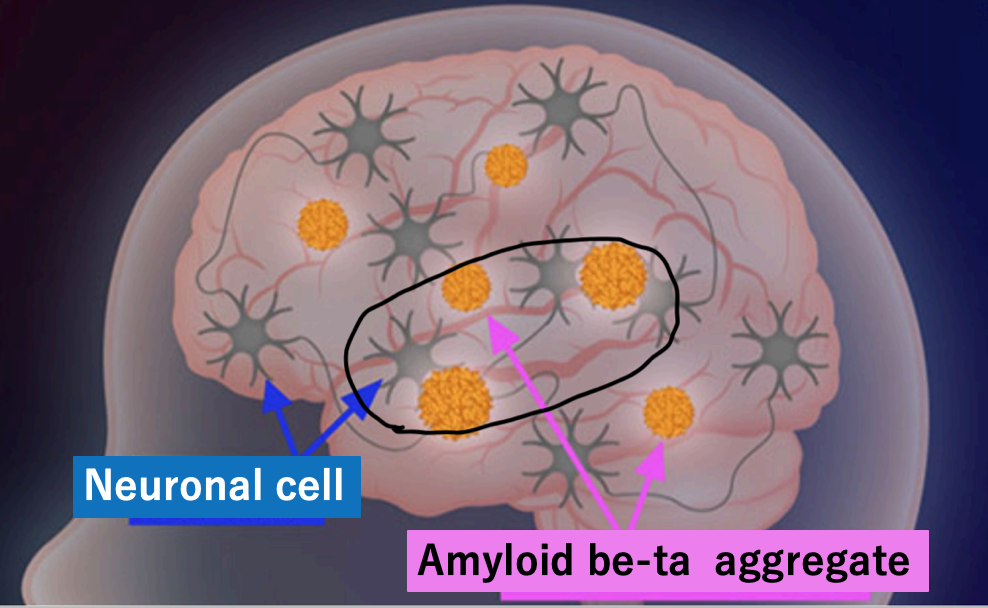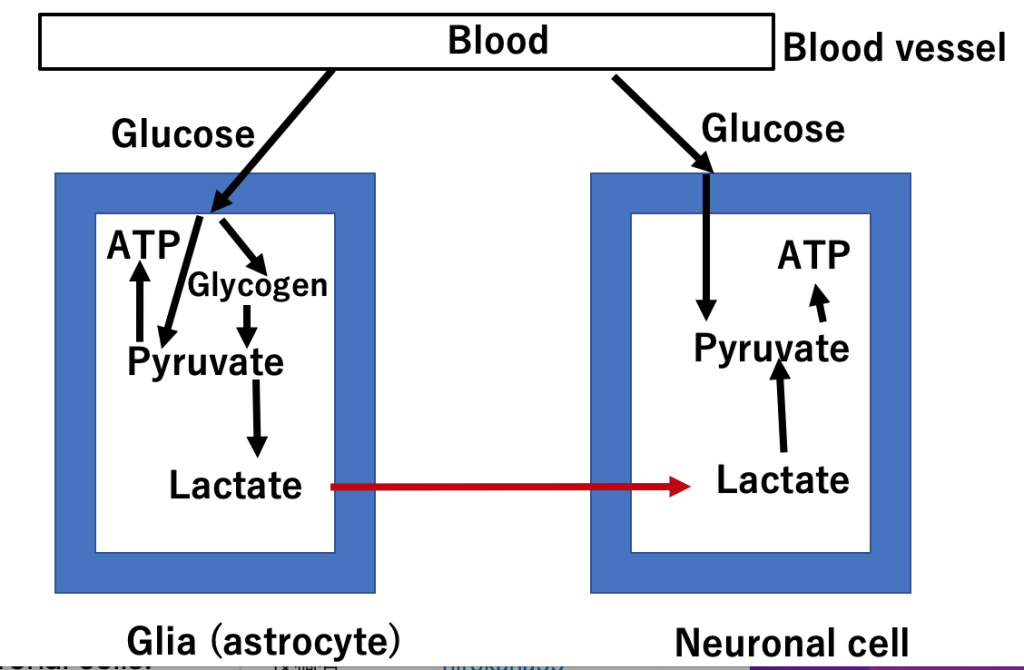
A promising cure for Alzheimer’s
Dwindling numbers of young people and growing numbers of elderly present the most serious social issue for Japan, as previously mentioned on this HP. Facing a decline in mobility and memory caused by aging, the elderly place great hope on promising new medical treatments and medicine.
Currently, 1 out of 4 elderly people suffer from cognitive difficulties. In 60 percent of such cases, the cause is Alzheimer’s disease. Naturally, novel approaches to cure the condition are highly anticipated. Recently, a new chemical has emerged as a drug candidate for the disease. (P.S. Minhas et al. Restoring hippocampal glucose metabolism rescues cognition across Alzheimer’s disease pathologies. Science (2024) 385, 22 Aug. issue). Here is a brief look at the results.
First of all, let’s briefly review what Alzheimer’s syndrome is. In the brain of the afflicted, so called amyloid beta proteins (Ab) accumulate, leading to cognitive difficulties, especially for memory. The accumulation is most common in the Hippocampus, a major structure within the brain that regulates memory. Ab is synthesized in our brain but eventually disposed of as waste. However, for an unknown reason, it may suddenly accumulate in the brains of certain individuals. Based on this observation, the current conventional approach has been to produce an antibody specific to Ab. The resulting antibody-Ab complex is easily removed by our body’s immune system. Such an antibody was actually produced as a treatment and was shown to be effective for patients in the early stages of the disease. However, for those at an advanced or late stage, such medicine is unfortunately ineffective.
In the middle or late stages of the disease, an enzyme inhibitor for choline esterase is used as a drug for treatment. Choline ester (acetylcholine) is a chemical in our nervous system essential for transmitting neuronal signals. It should be noted that Choline ester has to be broken down when it is not needed at a resting state of neuronal signal transmission. For this, acetylcholine is broken down by Choline esterase which stops neuronal signals as a normal process in our nervous mechanism. When an inhibitor of the esterase is applied to the Arzheimer patient’s, the decreased signal transmission could be enhanced. Though effective, this treatment is also known to cause serious side effects in neuronal signal transmission because the inhibitor brakes a normal nervous mechanism at a certain extent.
Dr. Minhas and his colleagues have now reported a new candidate drug as a cure for Alzheimer’s. The treatment is based on a mechanism found in their study that seems to have been overlooked in previous reports of symptomatic therapy. In the neuronal system, we know that 2 different types of cells exist: neuronal cells and glia cells (including astrocyte cells). Glia cells support neuronal cells by sending lactate as the source to produce ATP, an essential metabolite for our energy. It should be noted that lactate is not produced well in neuronal cells. In glia cells, mainly astrocyte cells, glycogen is stored to produce lactate though glucose.

Fig. Glia cells support neuronal cells by sending lactate as an energy source.

Fig. In glia cells lactate is produced from stored glycogen and then transported to neuronal cells.
Dr. Minhas’s group hypothesized that if more lactate was produced in glia cells, ATP production might increase and consequently enhance activity in neuronal cells. Their research has focused on one cellular metabolite, named kynurenine. This compound is known to inhibit enzymes required for lactate production from glucose taken up from our meals. Inhibiting kynurenine production might boost lactate production in astrocyte cells. They selected a candidate named IDO (Indoleamine-2,3- oxygenase1) which is required to produce kynurenine from the amino acid, tryptophan, in our cells. The aim was to use IDO to inhibit the enzyme. In in-vitro experiments with neuronal cells and astrocyte cells, the addition of the enzyme inhibitor FBO68 was confirmed to boost lactate production which was then transported into neuronal cells. When FB068 was given to a mouse produced as an Alzheimer’s disease model, significant recovery from the disease was observed, including a return of declined memory.
FB068 is an entirely new approach to the problem that has now become a promising drug candidate to cure Alzheimer’s disease. This chemical presents a new hope for those suffering from this debilitating condition. Dr. Minhas’s group has posited that, since FB068 leads to a recovery in neuronal activity, it might be even useful for other aging-related mental illnesses like Parkinson’s disease.
